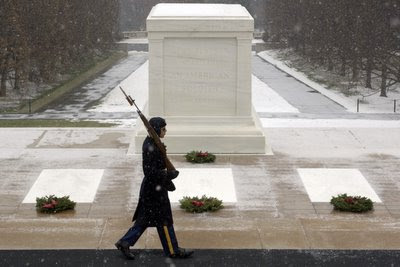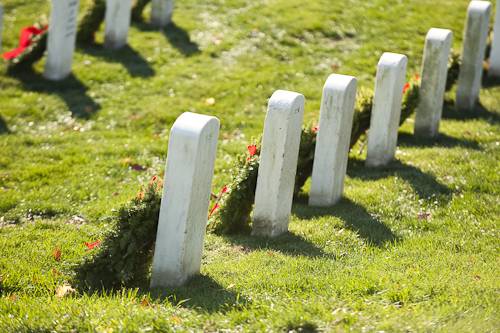- Aug 4, 2009
- 281,163
- 140,607
- 2,615
Arlington Cemetery National Wreath Project - Wreaths Across America
Each year Worcester Wreath Company (the wreath company that provides holiday greenery for L.L. Bean) makes and decorates holiday wreaths and places them on over 5,000 headstones at Arlington National Cemetery. Morrill Worcester - President of Worcester Wreath Company, based in Harrington, Maine, started this annual event in 1992 to honor our nation’s fallen heroes. The Arlington Wreath project, coordinated with the Cemetery Administration and the Maine State Society, adorns the white tombstones with evergreen wreaths and red bows to recognize sacrifices our Veterans and their families have made for our country
Each year Worcester Wreath Company (the wreath company that provides holiday greenery for L.L. Bean) makes and decorates holiday wreaths and places them on over 5,000 headstones at Arlington National Cemetery. Morrill Worcester - President of Worcester Wreath Company, based in Harrington, Maine, started this annual event in 1992 to honor our nation’s fallen heroes. The Arlington Wreath project, coordinated with the Cemetery Administration and the Maine State Society, adorns the white tombstones with evergreen wreaths and red bows to recognize sacrifices our Veterans and their families have made for our country






